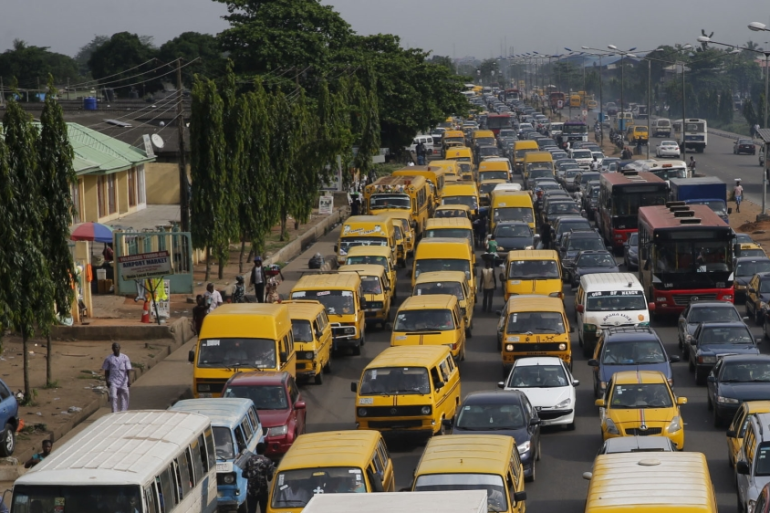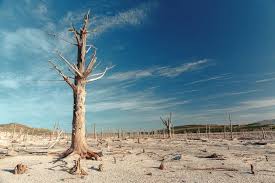The ozone gas can cause substantial losses by quickly aging crops before they reach full production potential and scientists are particularly worried about Africa, which will see more vehicle traffic and waste burning as the population is set to double by mid-century.
More vehicle traffic and waste burning means more ozone pollution, a major challenge for smallholder farmers who make up 60% of the population in Sub-Saharan Africa. Apart from causing substantial losses for farmers, research suggests, by quickly ageing crops, ozone stress also reduces plants’ defenses against pests. A 2018 study in the journal Global Change Biology estimated global wheat losses from ozone pollution totaled $24.2bn annually from 2010 to 2012.
“There is a serious concern that ozone pollution will affect yields in the long run,” said senior scientist Martin Moyo at the International Crops Research Institute for the Semi-Arid Tropics in Zimbabwe. He called out an “urgent need for more rural studies to determine ozone concentrations” across the continent. Earlier this year, scientists with the UK-based non-profit Centre for Agriculture and Bioscience International (CABI) set up ozone monitoring equipment around cocoa and maize fields in Ghana, Zambia and Kenya. But most African countries do not have reliable or consistent air pollution monitors, according to a 2019 Unicef report.
While air quality regulations have helped reduce ozone levels in the US and Europe, the trend is set to spike in the opposite direction for fast-growing Africa and parts of Asia. Climate change could also speed things along. In areas of Africa with high fossil fuel emissions and frequent burning of forests or grassland, new research suggests hotter temperatures could make the problem worse as they can accelerate chemical reactions that create ozone.


